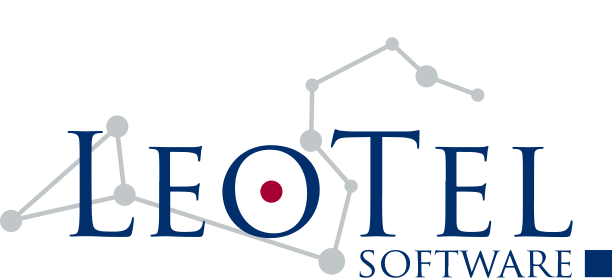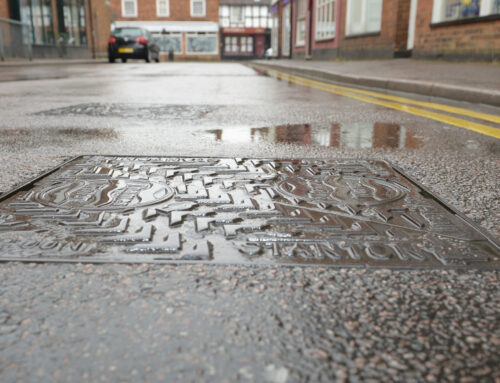With the changing landscape of energy supply and the need to both reduce our energy consumption and better manage renewable energy sources on the grid, smart meters give both consumers and suppliers access to real-time information about consumption and demand.
However, in general Smart Metering Equipment Technical Specification v1 (SMETS1) equipment used a SIM card to allow the energy provider to read the meter periodically. There was no standard protocol and switching energy providers could be difficult as not all suppliers can read all meters, and some of the smaller suppliers cannot read any of them.
In effect, SMETS1 was an interim solution to allow energy providers to read meters remotely and more often, until a more interoperable approach could be applied.
As part of its commitment to lowering greenhouse gas emissions, the UK government issued a specification for a project to roll out smart meters to all of the regions of the UK, under a number of regional contracts.
Under this second generation approach, Smart Metering Equipment Technical Specification v2 (SMETS2), the main architectural change was the introduction of a Home Area Network (HAN) and the concept of a government-specified Data & Communications Company (DCC) comprised of regional Communication Service Providers (CSP) and a Data Service Provider (DSP). The communications protocol would be standardised.
The SMETS2 smart meter network became one of the first cellular networks to use IPv6 in a Machine to Machine (M2M) environment.
Background and Terminology

Photo credit: NCSC
Like many projects, there is a bit of terminology which is worth clarifying.
Communications Service Provider (CSP) These companies are contracted to run a private government WAN, in order to provide a bridge between the Home Area Network and the Data Service Provider. These suppliers are awarded the contracts by the government by region. The networks are either long range radio or cellular 3G. In areas without adequate cellular coverage, the smart meters can form an RF mesh network using IETF’s 6LoWPAN concept (IPv6 over Low power Wireless Personal Area Networks) to reach the nearest cellular presence.
Data Service Provider (DSP) This company is contracted to provide the high-level data services for the SMETS2 devices. It communicates on one side with the CSP and on the other with the various stakeholders in the energy market. This supplier is awarded the contract by the government.
The Data & Communications Company (DCC) is a larger entity combining the regional Communication Service Providers (CSP) and the Data Service Provider (DSP).
The Home Area Network (HAN) is a network established within the home that securely allows communication between the meters, in-home displays and other devices. In the future, other secure services may use the network.
The Intimate Communications Hub (ICH) provides the interface between the HAN and the CSP WAN. The HAN is generally ZigBee due to its widespread use in the metering industry
The Assignment
Tendering
Our involvement began at the tender stage. We became involved with a group which were bidding for a regional contract to provide the CSP WAN and ICH.
One member of the bid consortium had engaged an engineering consultancy to provide assistance with their ICH tender and called in our Technical Director as an associate to provide technical expertise on the software side during the bid, particularly regarding the firmware running on the communications hub.
Feasibility study
In a project of this type, there are a number of challenges and constraints, such as keeping the Bill of Materials (BOM) cost as a low as possible in a relatively high-volume product (millions of units).
Our role was to investigate the feasibility of running the whole of the ICH firmware on a 3G module with an embedded ARM core, rather than using two separate parts – not only from the power / size of the processing core point of view, but also bearing in mind the significant requirements put on the development, both in size and complexity, by the government specifications – primarily the security requirements of the Great Britain Companion Specifications (GBCS) for SMETS2 Smart Metering Devices.
The GBCS comprises the functional and non-functional requirements of the second-generation smart metering system. It is an enormous document written by committee and overseen by the government programme.
Our Technical Director investigated the architecture of the proposed devices and the associated programming environments available to the firmware developers, and visited stakeholders from the various consortium members and European partners.
He concluded that provided the software architecture was tight, efficient and organised in such a way that the necessary security and separation of functional requirements could be met by software architecture and design rather than by using physically separate processors, and documented as such, then it was possible to meet the requirements of the CSP and ICH with the proposed platform.
With this technical obstacle addressed, he worked with the consortium members to put together estimates of the size and complexity of the development.
Successful bid
The bid consortium was successfully awarded their part of the contract for the region.
Technical Architect and Management
The ICH development was based at a subsidiary of one of the key consortium members. A new unit was set up there to develop the ICH. It included metering and systems architecture expertise from the subsidiary.
Our Technical Director was approached to join that team in order to lead the development of a software architecture based on his work during the bid, i.e. to facilitate a software architecture that would meet the requirements of the GBCS while running on a low BOM hardware design.
His knowledge of both the networking and metering industries was particularly valuable.
He worked with the various consortium members, including the CSP, Mesh Supplier and the subsidiary hardware and software teams, to create a software architecture team to coordinate the architecture and high-level design of the ICH firmware and distribute those development packages across multiple development teams in different time zones.
He was also responsible for feeding the software-driven hardware requirements into the hardware development teams, i.e. features in the hardware that were necessary in order to demonstrate to the regulators that the ICH was secure and compliant.
He stepped down once the main software architecture team was in place and an overall software architecture and design had been documented and was in safe hands.
The Technology
This project integrated a number of tried and tested methodologies and technologies, such as:
- Object Oriented Analysis (OOA) / Object Oriented Design (OOD);
- Universal Modelling Language (UML);
- Agile (Scrum) management strategy;
- C;
- ZigBee;
- Device Language Message Specification (DLMS) / Companion Specification for Energy Metering COSEM;
- Mesh Networking;
- 3G Cellular Networking;
- IPv6; and
- 6LoWPAN.
The Benefit
This was an exciting opportunity for us to be involved in a major infrastructure project with real importance in terms of the UK’s energy roadmap.
We were able to contribute specific cross-domain experience at a senior technical architect level, coordinating a number of significant stakeholders.
One of the key aspects to come out of this was the way that specialist engineering and scientific consultancies can work in partnership to complement their in-house knowledge, and share industry experience.
As acknowledged firmware architects, we brought specific skills to the project which can be hard to find elsewhere.
Further Reading
The smart security behind the GB Smart Metering System, National Cyber Security Centre, April 2016.


